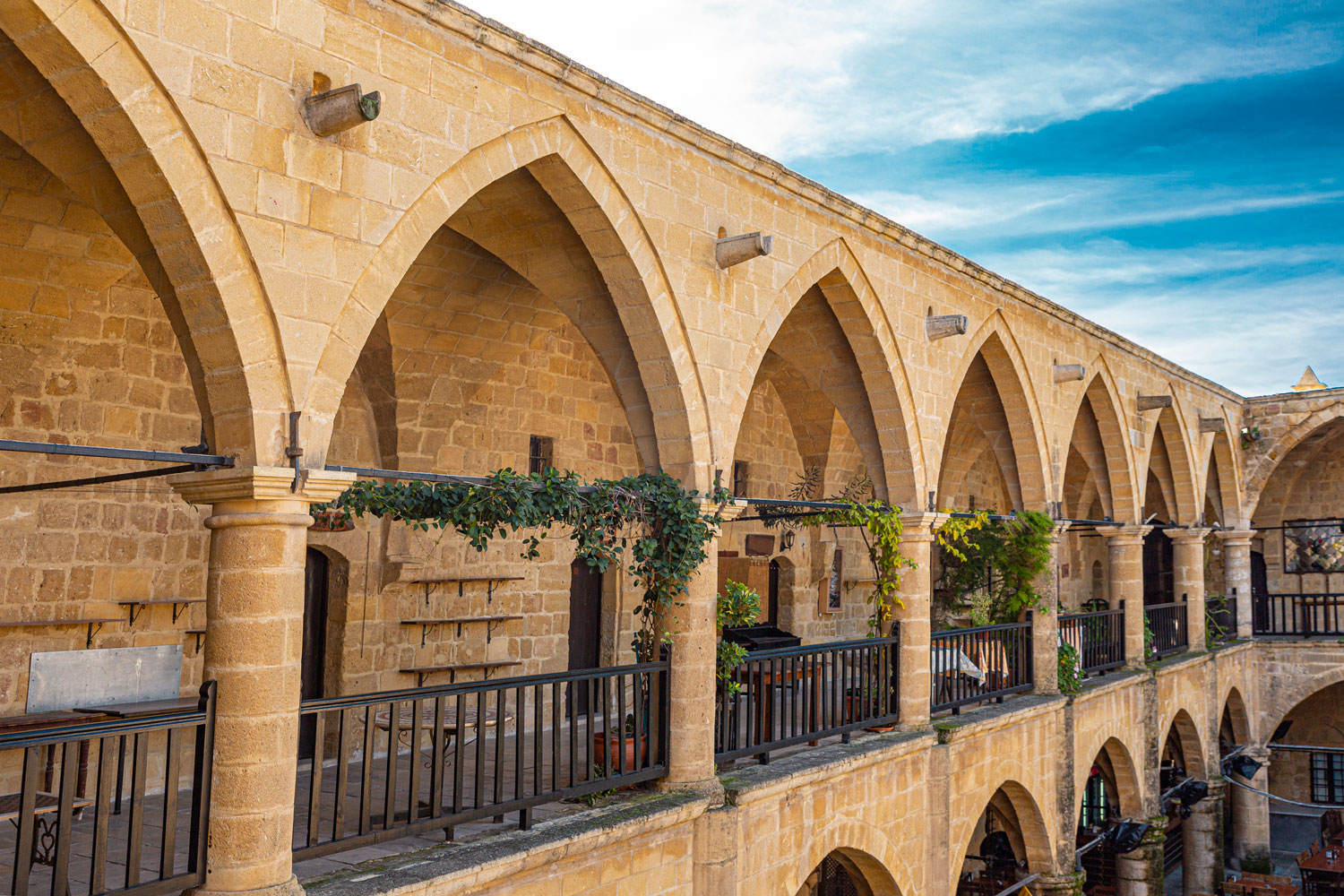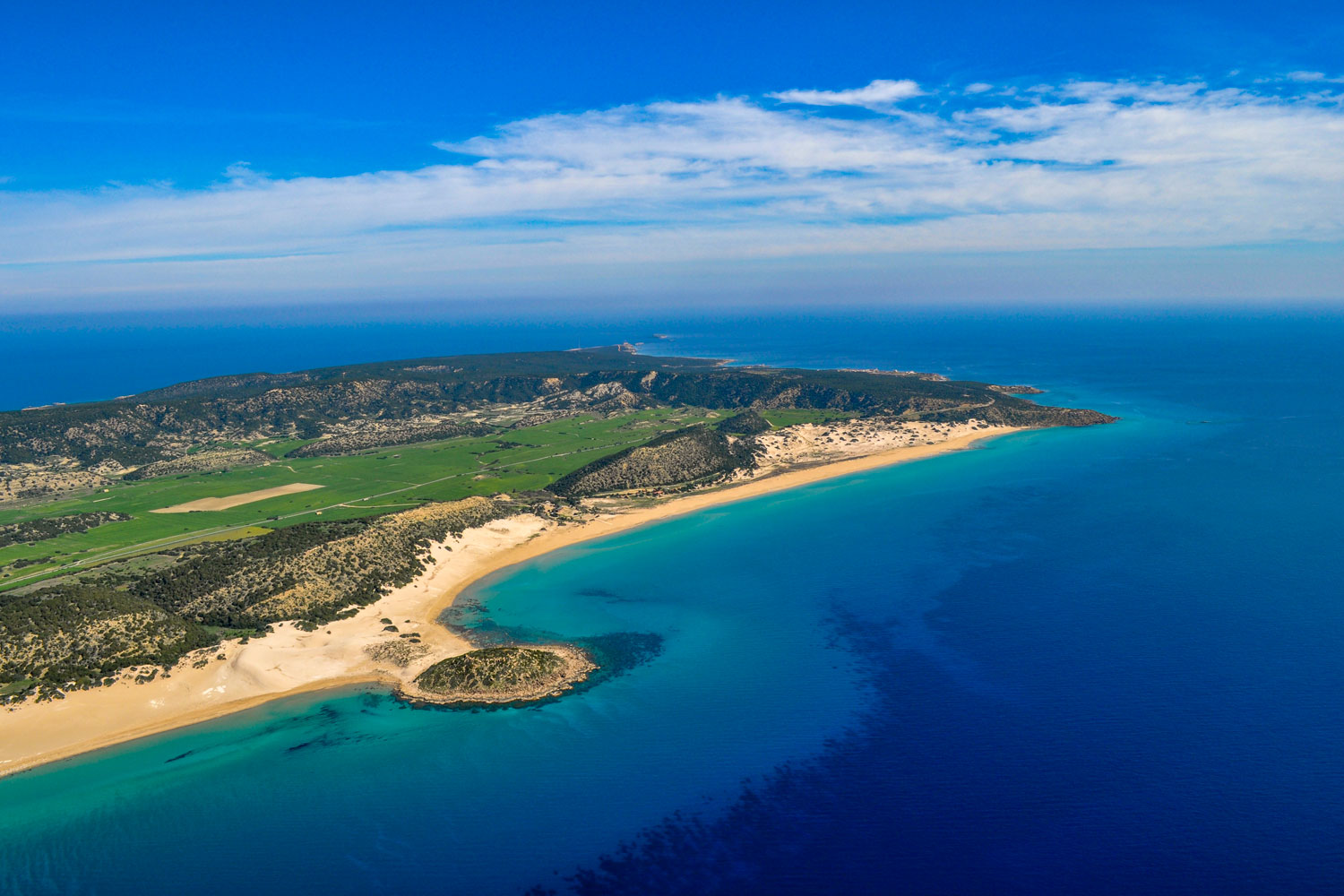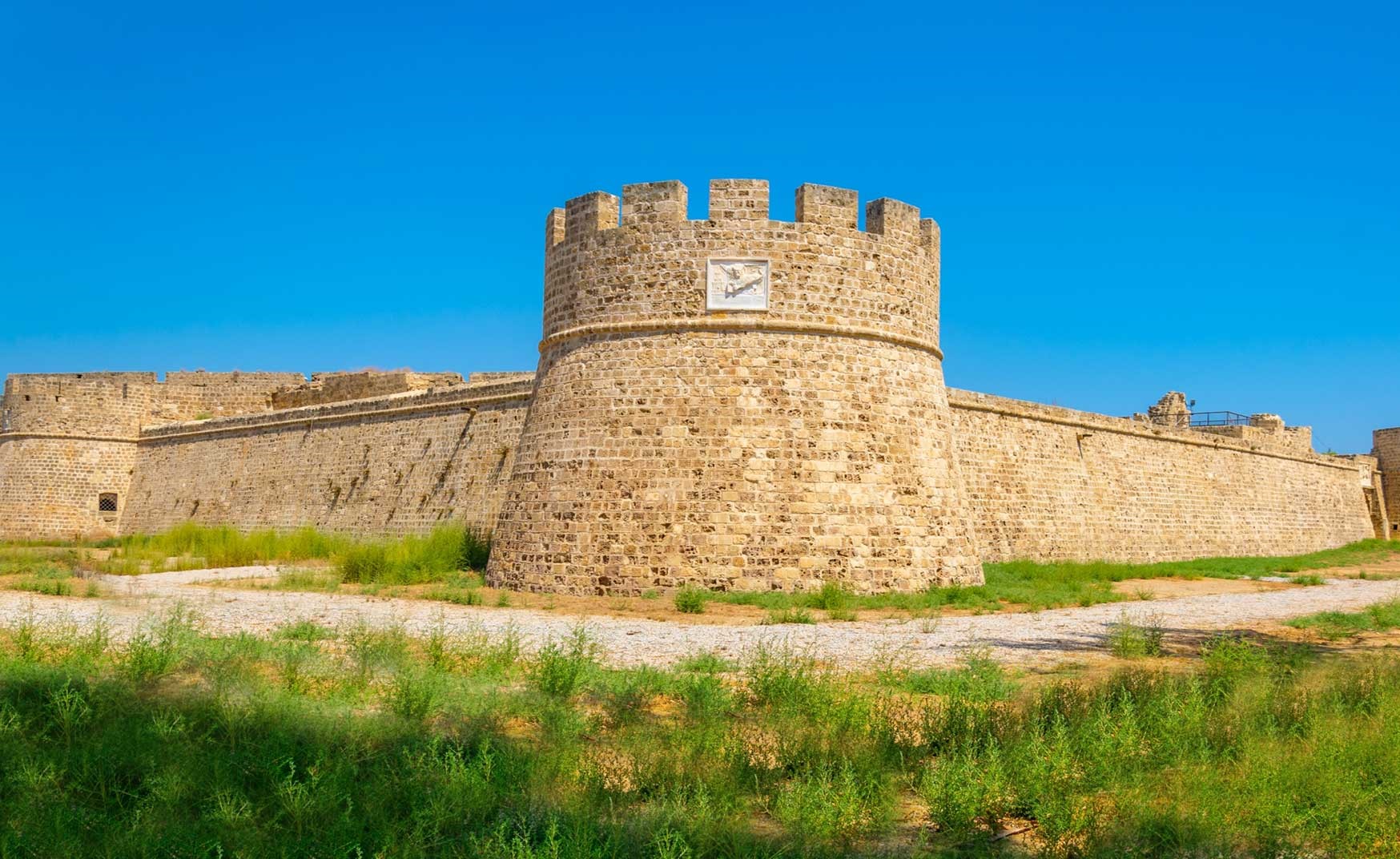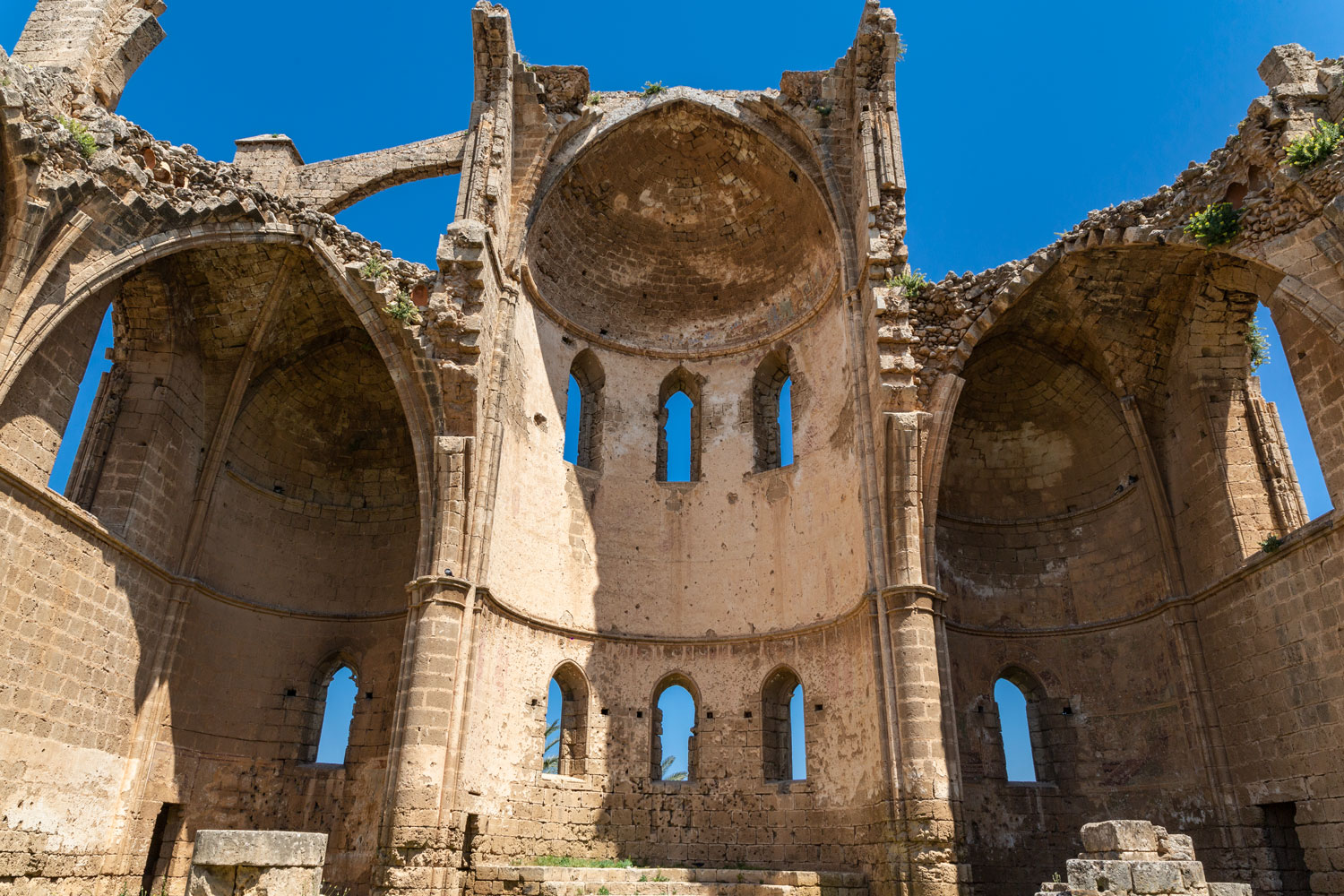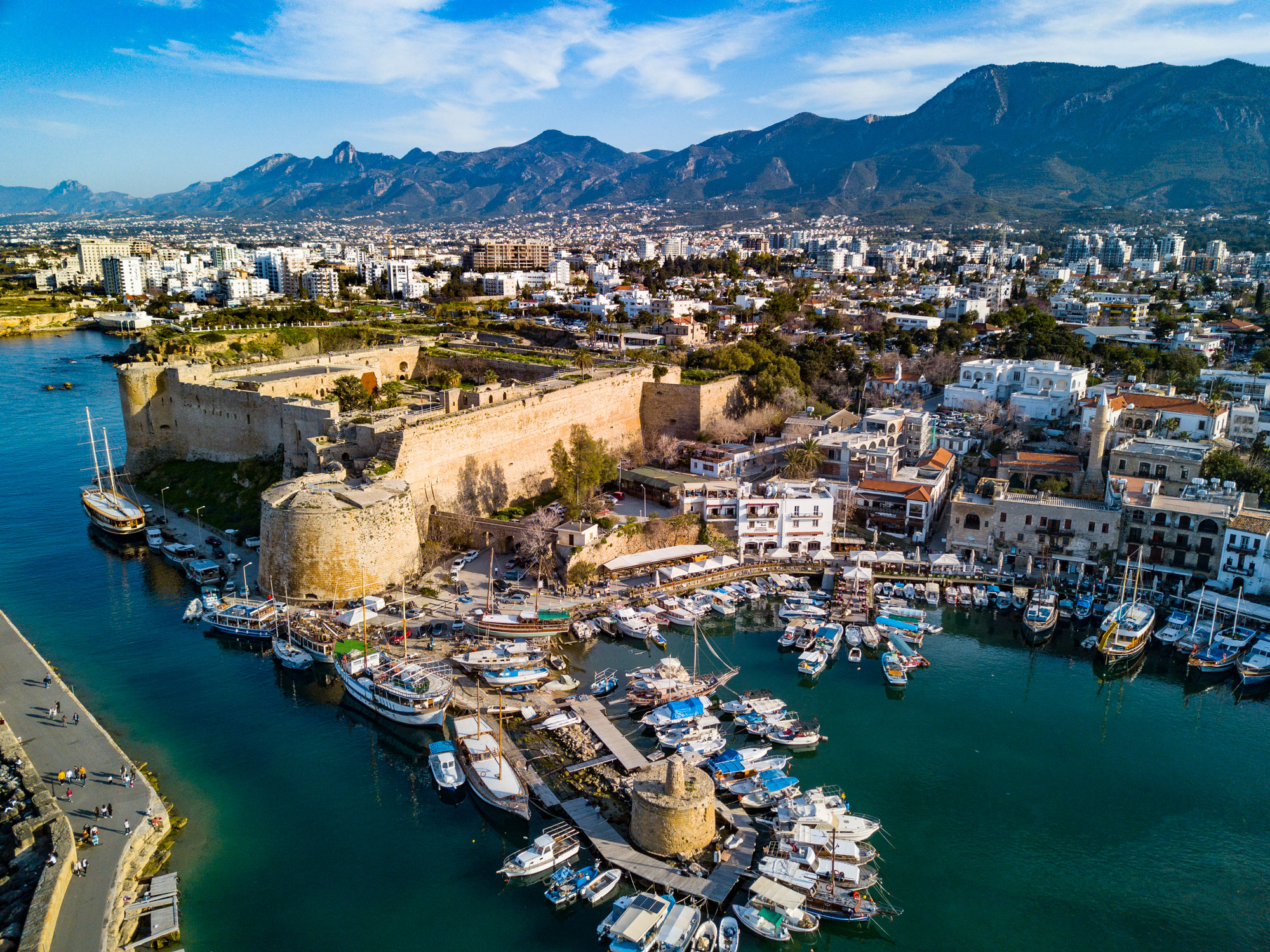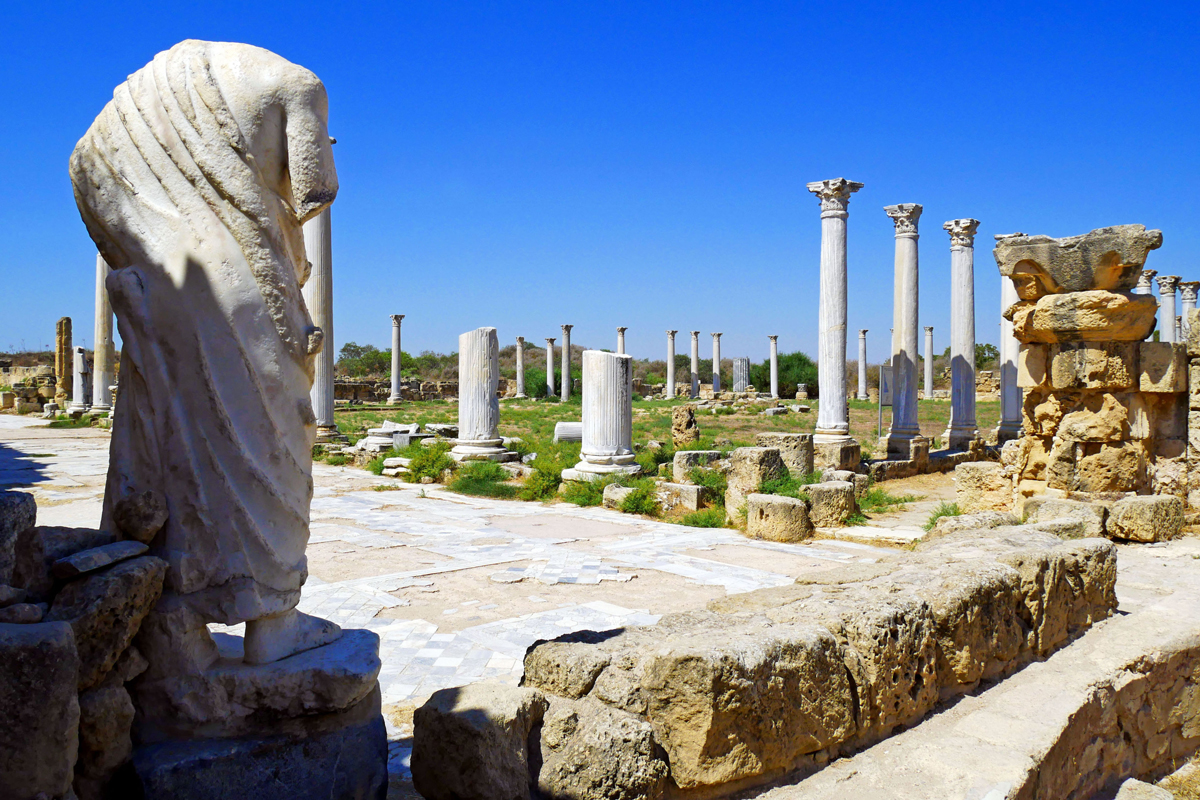About Kyrenia
Kyrenia is located in the north of the island of Cyprus, and has about 33.000 inhabitants. Tourists comes mainly for a beach holiday, but also for the historic old town, and the harbour.
In the summer it is almost always sunny due to the subtropical climate. The highest average temperature is 33 degrees in July. The winter is mild, with an average temperature of 15 degrees in January.
Kyrenia is a hidden gem on the north coast of Cyprus, but is becoming increasingly popular with tourists. With its white beaches and turquoise water, that is a paradise for divers it is promising an unforgettable holiday. Due to increased tourism, the cities night life and restaurant scene is developing. Apart from nightclubs, and restaurant’s concerts also attract the visitors again and again.
Kyrenia Castle
Many visitors also enjoy the cultural sights of the city. Including the Kyrenia Castle, St. George’s Chapel and the harbour.
The fortress was built during the 7th century and extended in the 10th and 12th centuries. The Venetians maintained its present day prestige, and expanded it during the conflict with the Ottomans. After the British used the walls as a prison, the fortress has been a tourist attraction since the 1960s. There is also several museums in the area. In the Shipwreck museum you can admire the wreck of a ship that sank around 300 BC.
Inside the winding complex, there is the Byzantine Chapel of St. George. It was built in the 12th century. In the prayer room of the church there are several Corinthian columns.

The harbour
The harbour of Kyrenia is worth a visit. On the quay there are cafés, bars, bistros and restaurants close together – with a few shops in between. The fishermen still unload their catch there – right next to the yachts that set there.
The semi-circular harbour is surrounded by two mighty dams. On the western there is a small, lighthouse definitely worth seeing.
Ruins of Salamis
To the east of the city, the ruins of Salamis lie directly beside the sea. They bear witness to the power of the once richest and largest city in Cyprus. You can marvel at the impressive remains of an amphitheatre – it consisted of 50 rows of seats and had room for 15.000 visitors – various basilicas, a latrine complex and magnificent columns and mosaics.


